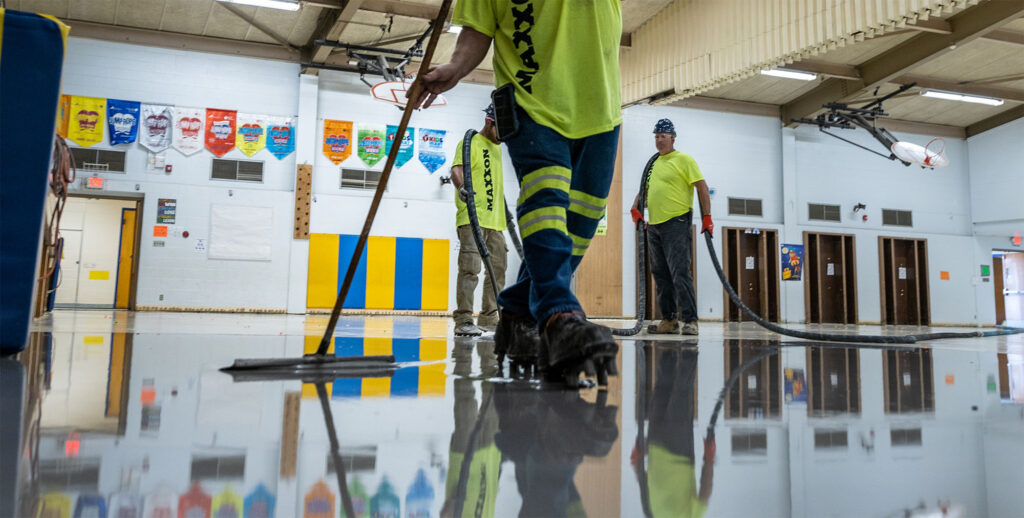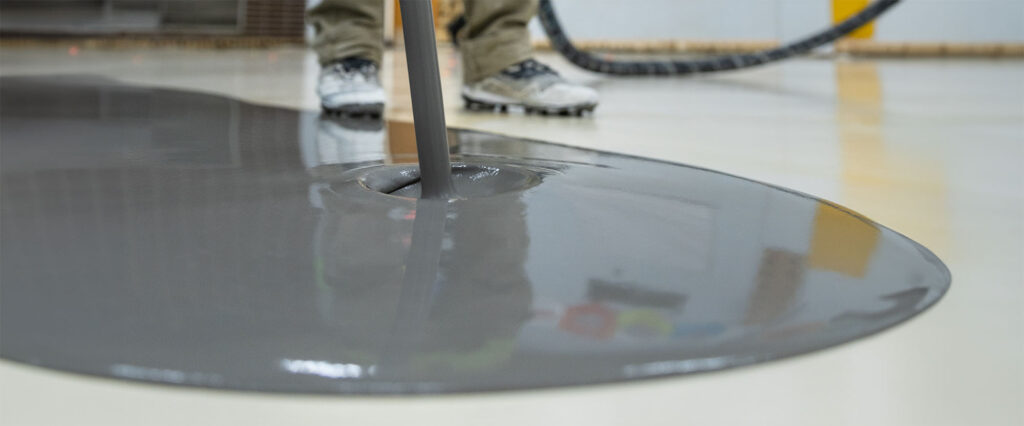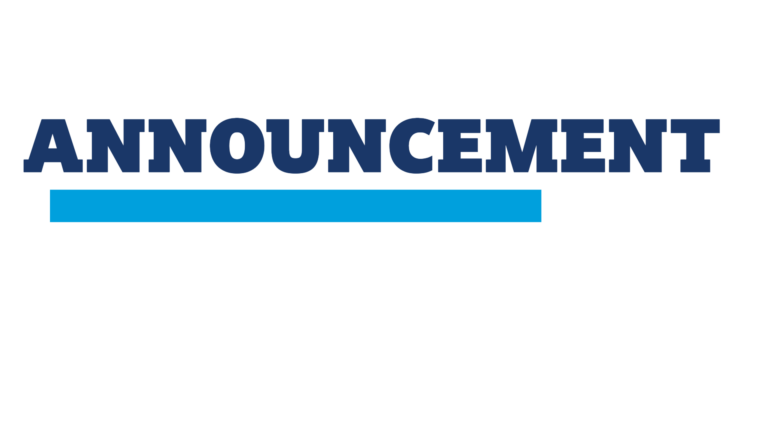Achieving Smooth Floors: Guide to Self-Leveling Underlayment

Smooth, flat subfloor surfaces are essential for proper performance and aesthetic appeal of floor coverings, no matter the material. Yet many subfloor substrates have defects. Concrete subfloors are often not sufficiently flat for floor coverings and can contain screed marks, bug holes and have an overall rough texture. Old wood subfloors can warp and sag, becoming uneven over time. A self-leveling underlayment can make the flooring installation process a whole lot easier. Seamlessly smoothing over imperfections, self-leveling underlayments flow into place, capping the substrate and creating an ideal, even surface for floor coverings of any variety.
Self-leveling underlayments are designed to easily flow across the subfloor, filling low spots and imperfections to create a flat and smooth surface. As it dries the underlayment resolves unevenness in concrete, wood or gypsum for flatter flooring with less hassle.
By understanding the design and performance of different self-leveling technologies, you can select a product that meets the requirements of your job, so projects are successful.
Overview of Self-Leveling Underlayment

Types of Self-Leveling Underlayments
First, let’s look at the different main types of self-leveling underlayments:
- Standard Cement Blends: These contain conventional cement binders along with sand/aggregate and chemical additives. They deliver a balance of flow properties, strength development and ease of installation. Standard blends can smooth and repair most substrates from featheredge up to 2-inch depths in a single pour.
- High-Strength Cement Blends: Incorporating advanced cement technology with added polymers, these underlayments achieve higher PSI (pounds per square inch) compressive strength. The high durability allows for heavy rolling loads in commercial spaces.
- Rapid-Setting Cement Blends: These products set quickly in 2 to 4 hours. Rapid drying enables faster installation of floor coverings the next day. Time savings make them popular for fast return to service.
A Closer Look at Self-Leveling Underlayments
Self-leveling underlayments (SLUs) are widely used in commercial applications, particularly over concrete substrates, to achieve smooth and flat floor surfaces. These polymer-modified hydraulic cement-based products offer a range of benefits that make them a preferred choice for contractors.
One of the key advantages of self-leveling underlayments is their ease of installation. The low-prep, prime-and-pour approach of certain types of underlayments saves contractors valuable time and money, making the entire process more efficient. By simply priming the substrate and pouring the self-leveling mixture, a smooth, level surface can be achieved with minimal effort.
Choosing Self-Leveling Underlayments for Your Project
When choosing a self-leveling underlayment for your project, consider the following factors:
- Strength: Different floor coverings may require different strengths in the SLU they are going over. Many common floor coverings used for foot traffic only require 3000 psi, while an epoxy or expensive tile may require a higher strength.
- Drying Time: Consider the drying time of the underlayment, especially if time is a critical factor in your project. If need be, opt for products with quick drying times without compromising strength and durability.
- Thickness and Coverage: Determine the required thickness and coverage area for your project. Maxxon® offers a helpful product calculator to determine how much product you’ll need to complete your project.
- Manufacturer Reputation: Choose an underlayment that’s produced by Maxxon®, a manufacturer with a history of quality products. Look for manufacturers that offer technical support, reliable customer service and solid product warranty so you get the most out of your investment.
The Installment Process of Self-Leveling Underlayment

Proper installation of self-leveling underlayments is important for optimal performance. There are some key steps professional flooring contractors should follow:
Substrate Preparation
The concrete or wood substrate must be structurally sound, clean and free of contaminants. In the case of concrete, it also must be fully cured and moisture free. The floor should then be vacuumed to remove all dust and debris.
Priming
Proper priming is essential to support adhesion between the substrate and the self-leveling underlayment. Acrylic primers are used for all surfaces, including concrete, gypsum, and wood substrates. While there may be differences in the formulation of primers for various substrates, they are all acrylic-based.
With Maxxon’s "Less is More" approach, we offer a versatile, all-in-one primer that is suitable for use on all substrate types. This streamlined solution simplifies the priming process and ensures excellent bonding performance, regardless of the surface material. By using a single, universal primer, contractors can save time and reduce the complexity of their projects without compromising on quality or adhesion.
Mixing & Placing
Using calibrated mixing drums, pre-sanded self-leveling underlayments are blended with a specific water ratio to activate the cement binders. It is then poured or pumped onto the floor and spread to desired depths within its workable time. For large or deep pours, contact Maxxon to locate installation partners in your area with the equipment to pour up to 20,000-30,000 square feet in day, saving you time and money.
Smoothing & Finishing
Crews use smoothing tools to help achieve the desired depth
Curing & Drying
Self-leveling underlayments cure rapidly as hydraulic cement sets. Drying times vary based on pour depth and site conditions. Material, substrate and ambient temperatures are all factors that affect drying time.
Installation of Floor Coverings
Once the underlayment falls below the acceptable levels of moisture required by the floor covering manufacturer, self-leveling underlayments are ready for the installation of the finished flooring.
Rely on Maxxon: The Leader of Flooring Underlayment
Maxxon is the leader in quality flooring underlayments. Maxxon® has worked for 50+ years to specifically engineer products that leverage the ideal balance of flow, strength and drying dynamics to drive efficient installs for commercial, multifamily and institutional construction.
As pioneers in the flooring industry, Maxxon combines advanced product technology with superior service and support. Our team of technical experts partner with construction professionals to achieve high-performance floor assemblies. For the most reliable underlayments with the backing of experience and expertise, construction professionals can trust Maxxon.
To learn more about self-leveling underlayment for your projects or to get started on your project, contact Maxxon’s team of experts or find a rep near you today!


